Sales presentations are an excellent opportunity to pitch to a large group of different people and make a lasting impact on your audience. However, many salespeople are ineffective at capturing the entire crowd, and actually generating sales from their presentations. Rob Jolles talks with John Golden on how to sell within your presentations.
This expert sales interview explores sales presentation techniques, such as:
- How to tailor a sales pitch to a presentation
- Helping the audience understand “WIIFM”
- Explain what you expect from the audience
A Tailored Approach:
Most sales pitches are done with a standard sales cycle. This includes creating trust, creating urgency, exploring the problem, and presenting the solution. But most of these pitches are done in front of just a few people. When you explore selling with a presentation, it becomes a hybrid approach, using traditional techniques and techniques tailored to presentations.
What’s in it for me?
When presenting, Jolles encourages salespeople to consider their audience, and what you want the audience to walk away with. The audience is asking, WIIFM: “What’s in it for me?” To properly do this, consider the types of people that are in the audience. The decision makers in the group want to know how your product or service is going to help the organization. The decision influencer wants to know how it’s going to improve on the job. And, the actual users want to know how it’s going to make their life easier. Rather than focus on what’s in it for just one of these people, cover all three different positions to resonate with the most amount of attendees.
What do you expect from the audience?
In the first minute or two, the presenter should explain precisely what they want from their audience. At the close of the conversation, double back and readdress your expectations. Check in on them, and see where they are at the end. It puts everyone’s mind on his or her purpose for being there, and it plants the seed at the beginning of the presentation. Instead of people showing up and not really knowing why they came, you give them a purpose.
If you emphasize everything, you emphasize nothing.
“You have to pick what you want to emphasize. If you start emphasizing nothing, your audience will tune out everything, including your product or service,” said Rob Jolles. If there is something that is important that you want your audience to know, say it at the beginning of the seminar. Use language that plants it in the minds of the audience, and check back again at the end. This also helps the audience have a clear set of expectations on what the important parts of the presentation are, and the general big picture of your speech. “When your audience doesn’t have an idea of the big picture, everything gets lost in the shuffle,” said Jolles.
About Our Host
John is the Amazon bestselling author of Winning the Battle for Sales: Lessons on Closing Every Deal from the World’s Greatest Military Victories and Social Upheaval: How to Win at Social Selling. A globally acknowledged Sales & Marketing thought leader, speaker, and strategist. He is CSMO at Pipeliner CRM. In his spare time, John is an avid Martial Artist.
Pipeliner CRM empowers salespeople to make precise presentations. <Get your free trial of Pipeliner CRM now.



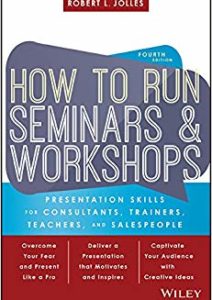
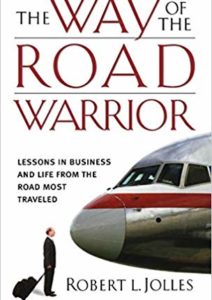
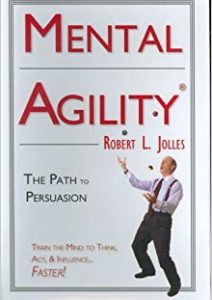
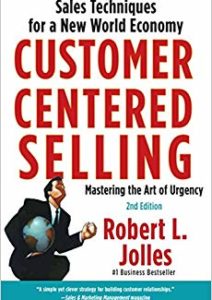
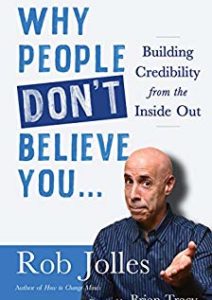


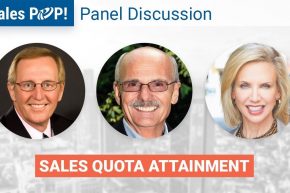



Comments